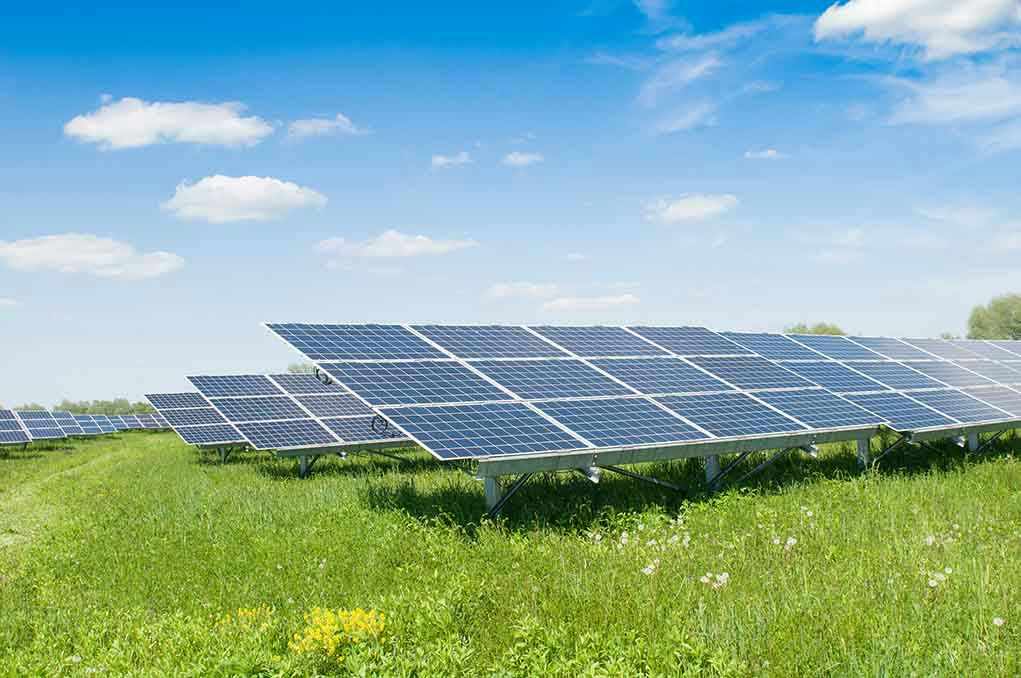
Solar companies are ditching gas-guzzling mowers for an ancient solution that’s revolutionizing green energy while strengthening rural economies and American agriculture.
Story Highlights
- Over 100,000 acres of U.S. solar farms now use sheep for vegetation management, replacing fossil fuel-powered equipment
- Solar grazing provides farmers new income streams while reducing operational costs for energy companies by up to 30%
- This agrivoltaic approach enhances soil health, increases carbon storage, and eliminates chemical herbicide dependency
- Major solar operators like Silicon Ranch and EDF Renewables have scaled programs from pilots to mainstream practice
American Innovation Meets Practical Solutions
Solar grazing represents quintessential American ingenuity, combining renewable energy with traditional farming practices. Major companies including Silicon Ranch, EDF Renewables, and Dominion Energy have deployed over 80,000 sheep across more than 100,000 acres of solar installations. This practice eliminates the need for diesel-powered mowers and chemical herbicides, reducing both operational costs and environmental impact while supporting rural communities that form the backbone of conservative America.
The American Solar Grazing Association facilitates partnerships between solar operators and local farmers, creating a network that strengthens agricultural communities. Farmers report increased flock sizes and improved animal welfare, as sheep thrive under solar panels with better forage quality and extended grazing seasons. This symbiotic relationship demonstrates how free-market solutions can address environmental concerns without government mandates or taxpayer subsidies.
Economic Benefits Support Rural Communities
Solar grazing delivers measurable economic advantages for both energy companies and farming families. Solar operators reduce maintenance costs significantly by replacing expensive mowing contracts and fuel expenses with grazing agreements. Farmers gain access to additional pastureland and diversified income streams, particularly valuable during challenging agricultural markets. These partnerships strengthen rural economies by keeping farming operations viable and profitable.
The practice originated in Europe but has found its strongest adoption in American regions with established sheep farming, including the Southwest and Northeast. Unlike government-subsidized agricultural programs, solar grazing operates through voluntary contracts between private parties, demonstrating how market-driven solutions create win-win scenarios. Farmers maintain operational independence while solar companies achieve cost-effective land management through mutually beneficial agreements.
Environmental Stewardship Without Government Overreach
Research demonstrates that sheep grazing improves soil health, increases carbon sequestration, and enhances biodiversity around solar installations. Sheep are uniquely suited for this work, being small enough to navigate between panels without causing equipment damage, unlike cattle or goats. Studies show significant increases in soil carbon and water retention, proving that private industry can achieve environmental improvements through practical innovation rather than regulatory mandates.
The elimination of chemical herbicides and fossil fuel-powered maintenance equipment reduces emissions while supporting ecosystem health. Sheep provide natural fertilization and vegetation management that mechanical methods cannot match. This approach aligns with conservation principles that many rural Americans embrace, demonstrating responsible land stewardship through traditional agricultural practices rather than imposed environmental regulations that often harm farming communities.
Sources:
Silicon Ranch – Cattle Tracker
Sunsent – Solar Sheep: How Grazing Livestock is Revolutionizing Solar Farms
American Lamb Board – Beneath the Panels: Solar Grazing
Pager Power – Solar Grazing: Striking a Baa-lance Between Sheep and Solar
EDF Renewables – Solar Sheep Success White Paper













